Bleiben Sie auf dem Laufenden!
Möchten Sie informiert werden, wenn wir etwas veröffentlichen? Dann melden Sie sich für unseren Newsletter an. Kein Spam, versprochen!
Court Surfaces
1. Grass Courts
The grass season? It’s short. It goes by like a 140mph serve. Yet, thanks to its association with Wimbledon, grass has a unique prestige. It is also a hugely fun surface to play on and will benefit your joints longer. Get ready for a fast and low bounce and to adapt your game to the unpredictable bounces.
Grass courts can also vary depending on their location. Hot climate? Dry, hard grass courts offer a higher bounce, while courts in damper climes absorb the pace of the ball for a lower bounce. To thrive, you will need good serve-and-volley skills, quick reactions, and excellent court coverage.
Aggressive, attacking play is the order of the day with the footwork of a pro dancer and the precise placement of a trap shooter. Topspin? Good luck. Lack of friction makes it hard to generate as much as on other courts, although, with Wimbledon’s introduction of ryegrass in the early 2000s, the lesser-spotted baseliner is today less of a novelty at the world’s top competition.
Grip: The lower bounce suits a flatter grip, such as Eastern or Eastern-Semi Western Hybrid. This allows players to get down and under the ball more effectively.
Here are some fabulous highlights from one of the best grasscourt players of all time, Roger Federer:
2. Clay Courts
Clay courts, used in the French Open, offer a different challenge. This is tactical, attritional tennis, where it’s hard to put the ball away. There’s a slow, high bounce, and the grippy courts take plenty of topspin. Players have more time to reach shots. That means longer rallies, lots of defensive play, and strategic shot placement.
Movement is different, too, with a lot of emphasis on sliding into shots. Patience, consistency, and endurance are the keys to success on clay courts.
Grip: Clay courts, with their granular and textured surface, offer players a better grip on the ball due to more friction. This enables players to generate more spin and control, making executing shots with topspin or slice easier. The improved grip on clay courts allows players to create angles, control the ball’s trajectory, and engage in longer rallies. Adaptability to the slower pace and higher bounce on clay courts is essential for success. Therefore most clay court specialists use grips that help reach high balls and generate topspin, such as a Semi-Western or Western.
Here are some highlights from Clay court legend Rafa Nadal:
3. Hard Courts
Chances are, your local club has hard courts installed. You can use them year-round as they drain well. Used in two of the tennis Grand Slam tournaments: The US Open and The Australian Open, they offer medium-paced play with a consistent and predictable bounce. But the ball tends to skid more on hard courts, so they’re great for players with powerful shots and aggressive playing styles.
Hard courts are a middle ground: they provide a good balance between attacking and defensive play. If you’ve got a well-rounded game, you could do well on hard courts.
So how grippy are hard courts? They’re somewhere between grass and clay. You can generate a moderate amount of spin on the ball, but you’ll need smart footwork because hard courts come with a faster pace and lower bounce than clay. In short, hard surfaces reward players who can strike a balance between power, control, and adaptability. A grip that allows for good power and spin production, such as a hybrid eastern/semi-western or semi-western, will work well.
Grip: Regarding friction, the surface on hard courts falls somewhere between grass and clay courts. The harder surface allows players to generate a moderate amount of spin on the ball, facilitating shot control and spin production. However, compared to clay courts, players may need to adjust their footwork and shot timing due to the faster pace and lower bounce. Hardcourt surfaces reward players who can strike a balance between power, control, and adaptability. Most hard court players favor a grip that allows for a lot of power and spin production, such as a Semi-Western.
Here’s some incredible hard court highlights from 2021:
4. Carpet Courts
Let’s head indoors. In some locations, such as Northern Europe and Canada, winter tennis would be impossible without the good old carpet court, although it’s largely been phased out at the pro level.
While carpet surfaces can vary in speed, you’ll benefit from a precise game that the rain, ice, snow, and wind can’t spoil. Some carpets come with a fast pace and a low bounce, while others provide a slower pace with more friction. Expect a lower bounce than hard courts or clay.
Grip: The lower bounce of a carpet court means that most players who spend a lot of time on them will tend to favor grips similar to those required of a grass court. Flatter-hitting and more aggressive types of play will be suited here.

5. Artificial Grass
Another club-tennis favourite. Artificial grass courts allow year-round play outdoors because it soaks up water so well. Depending on the type of artificial grass used and whether wet or dry, the court surface can provide a type of play with some characteristics of both a grass and clay court. Some also have a sand-based topping. They generally provide a medium-paced ball with a low to moderate bounce. This can often skid through like grass but with more friction.
Grip: A moderate grip that allows adaptability for both topspin and power production is suited to artificial grass such as a Semi-Western
Summary
Tennis is a unique game, thanks to its different playing surfaces. Grass, clay, hard, carpet, and artificial grass all demand different skills and strategies. Few players are king or queen of every surface.
Grass favors aggressive, attacking play, while clay rewards patience and defensive skills, and hard courts provide a balanced platform for different playing styles. Carpet offers controlled precision.
Once you understand the characteristics of each surface, you can adapt your game and optimize your performance on different types of courts. What’s your preferred surface and why? Are you a clay monster or a slick grass hustler? Let us know below.
FAQs
-
What are the key characteristics of grass courts?
Grass courts offer a fast and low bounce, requiring quick reactions and good serve-and-volley skills. The surface is easy on joints but can vary in bounce depending on the climate.
-
How does playing on clay courts differ from other surfaces?
Clay courts have a slow, high bounce and are grippy, making it easier to generate topspin. They emphasize long rallies, defensive play, and strategic shot placement, with sliding being a key movement technique.
-
What makes hard courts a balanced playing surface?
Hard courts provide a medium-paced play with consistent and predictable bounces, suitable for both attacking and defensive styles. They strike a balance between power, control, and adaptability, rewarding well-rounded players.
-
Why are carpet courts used in certain regions, and how do they play?
Carpet courts are popular in colder regions like Northern Europe and Canada for indoor play. They offer a low bounce and can vary in speed, rewarding precise and aggressive play similar to grass courts.
-
What are the play characteristics of artificial grass courts?
Artificial grass courts allow year-round play and offer a medium-paced ball with a low to moderate bounce. They combine features of both grass and clay courts, providing more friction and adaptability for different playing styles.
Links Related to This Article
Hat Ihnen dieser Artikel gefallen?
Melden Sie sich für unseren Newsletter an und wir halten Sie über neue Beiträge auf dem Laufenden
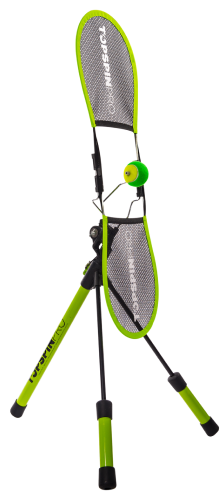
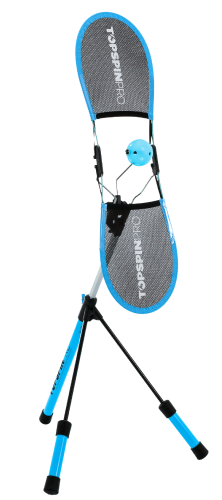
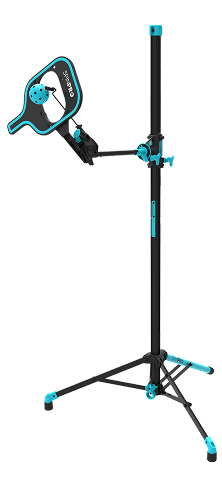


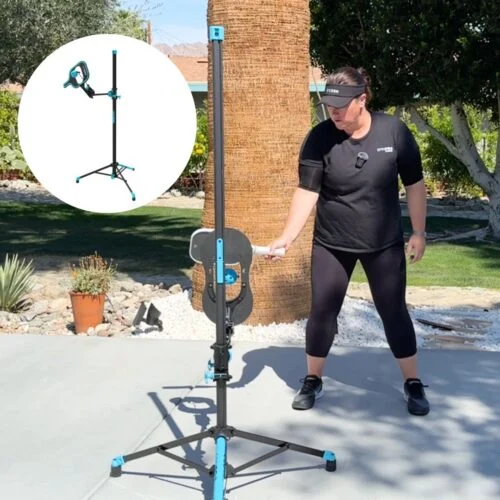
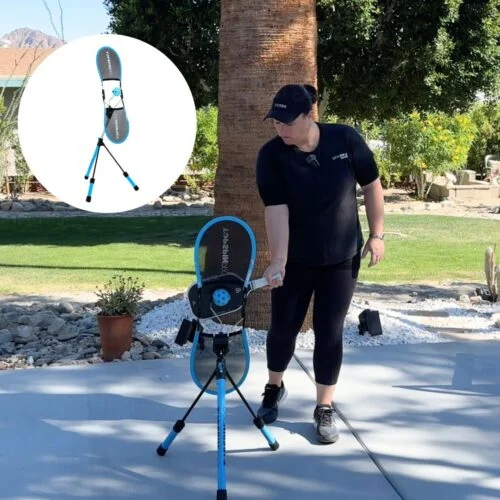



2 Kommentare
It’s got to be grass – it’s what the game was invented for!
It encourages the greatest variety of shots and is great for movement, especially at an age where your legs have a little less spring than in seasons past
This is an excellent summary of different surfaces and their impact on your game